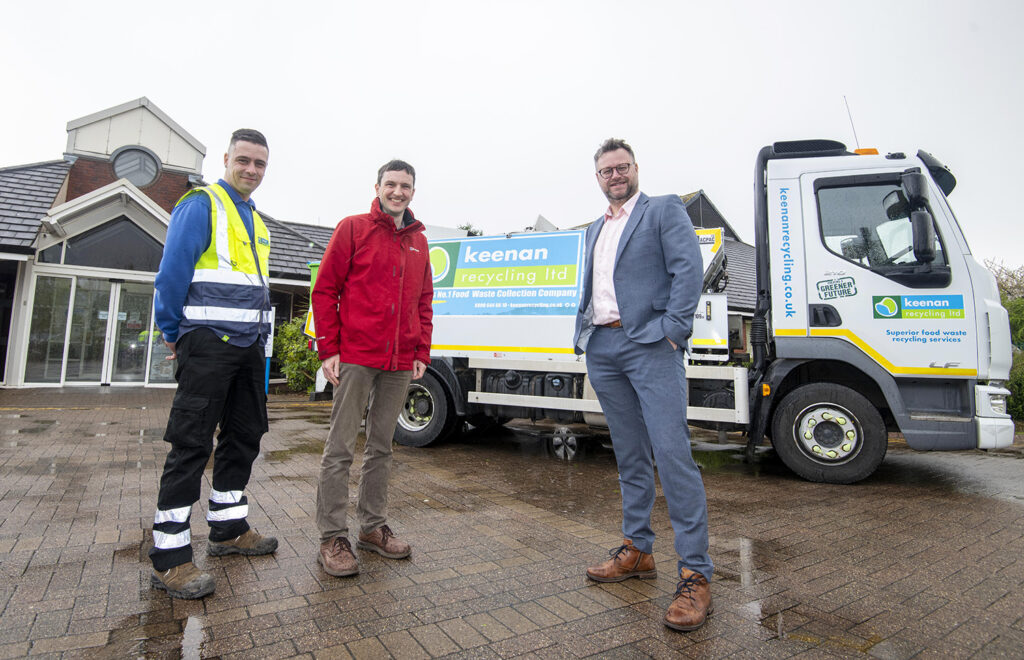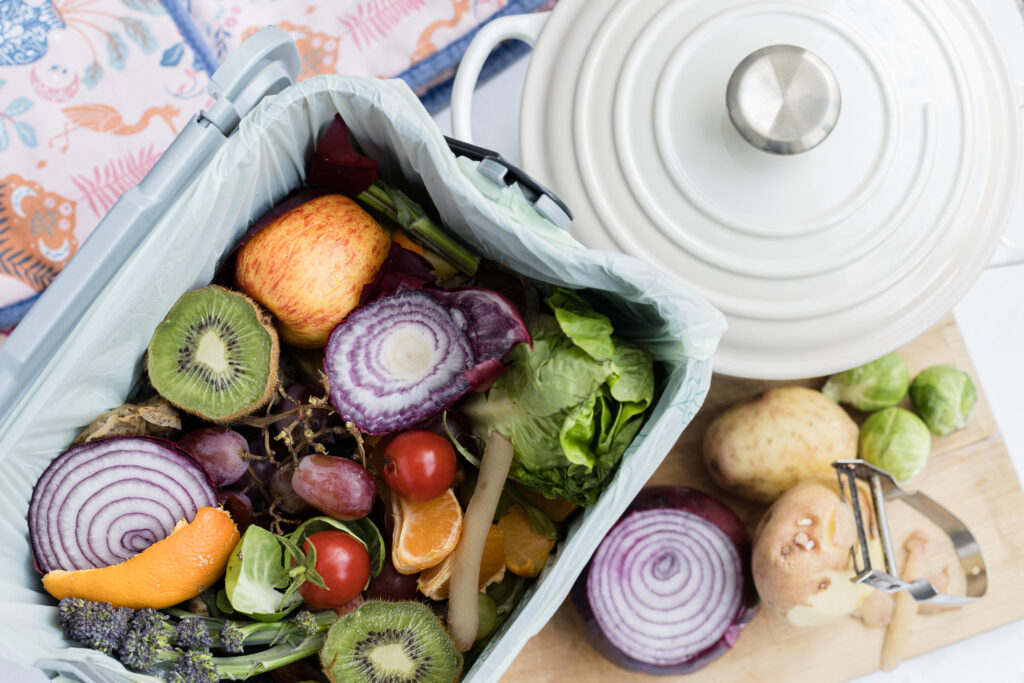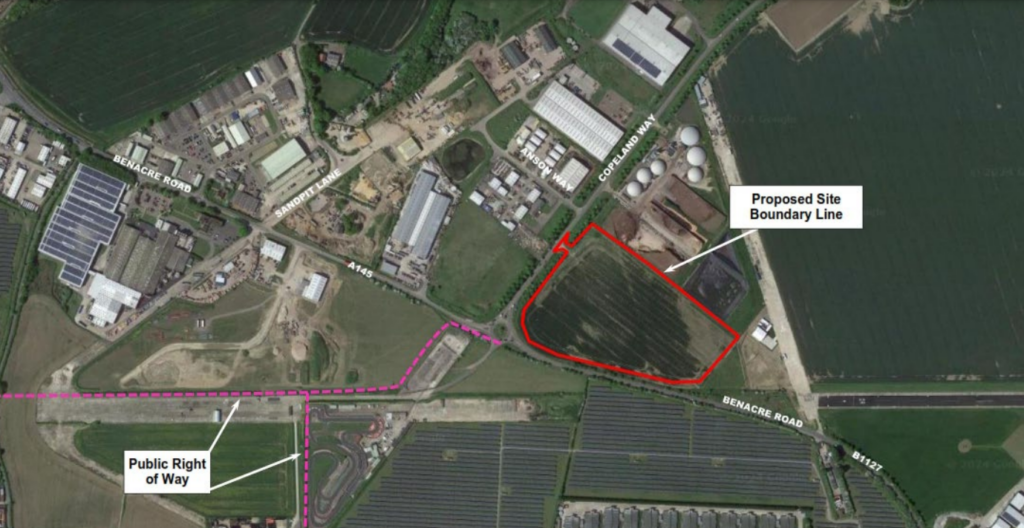At the moment, it is estimated that shellfish waste from the UK food chain amounts to more than 96,000 tonnes a year. Small quantities of this are used for producing aggregates and garden mulches, but the vast majority currently goes to landfill.
Seafish said this week that their latest trials, carried out by ADAS and the OU/Worm Research Centre, have shown that seafood waste is an ideal basis for producing compost as it is rich in minerals such as chitin.
Under Animal By-Product Regulation conditions, the compost is made by blending ground shellfish with shredded green waste, which adds a higher carbon content to the material.
In a statement Seafish said “Seafood processing businesses carry heavy costs for waste disposal despite the fact that seafood by-products are a potential resource, rich in valuable minerals, pigments and flavours.”
The latest trials looked at the effectiveness of seafood compost and concluded that it has potential in certain land-based applications. Successful trials used pot-grown tomato and barley plants for the compost.
Seafish is now seeking to encourage the commercial uptake of a range of seafood waste-derived products by developing links between the seafood industry, the developers of waste utilisation technology and the markets for the products. And said it would like to hear from anyone interested in being involved in the process.
Seafish technologist Michaela Archer said: “As the waste from seafood processing is so rich in minerals it can be extremely good material for composting.
“Our study has shown that this is a safe, practical and cost-effective solution for the seafood industry. We produced a compost suitable for agricultural markets. With extra care we hope it is possible to develop a quality product for the horticultural and domestic markets,” she explained.
Blending
The study noted that the composting process for seafood might be improved by trying a range of carbon sources to blend in with the shellfish, as well as shredding material to smaller sizes. It also suggested that blending specific types of shellfish could maximise the content of the nutrient chitin.
Mary Messer, technical officer at The Composting Association encouraged Seafish's work and said that the composting of shellfish waste had been happening in the US successfully for some time.
“Tomato and barley are often used for trials because they have quite sensitive seedlings, but there are certainly other plants that can be grown with this type of compost,” she explained.
Seafish has already had some interest from potato growers, but are now to trial commercial feasibility of the shellfish compost in a number of demonstration projects. These will be carried out in areas including Northern Ireland, Scotland and the North West and South West of England, which have been struggling to find alternative waste management outlets for seafood.
Ms Messer said that the fish waste producers would be looking for “viable composting options which would provide value for money”.










Subscribe for free